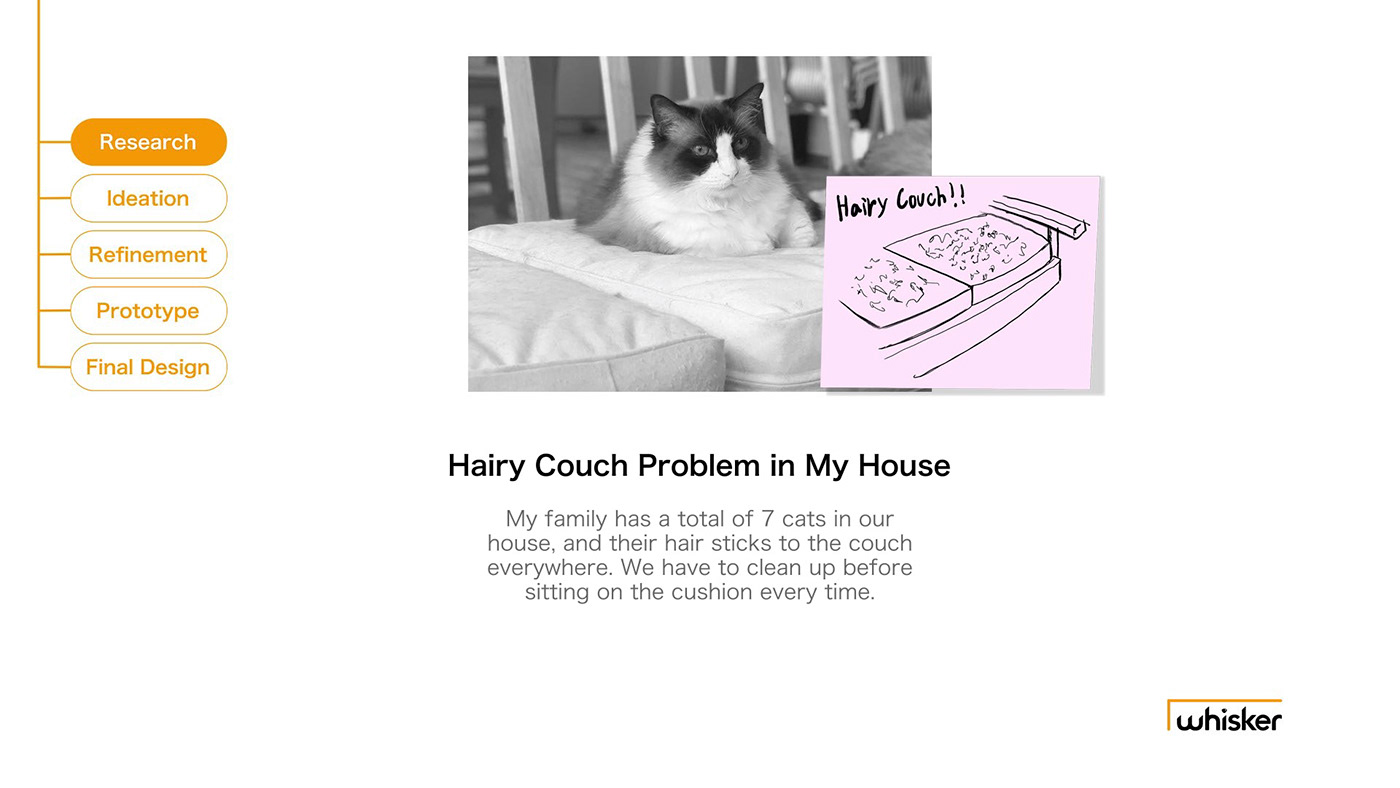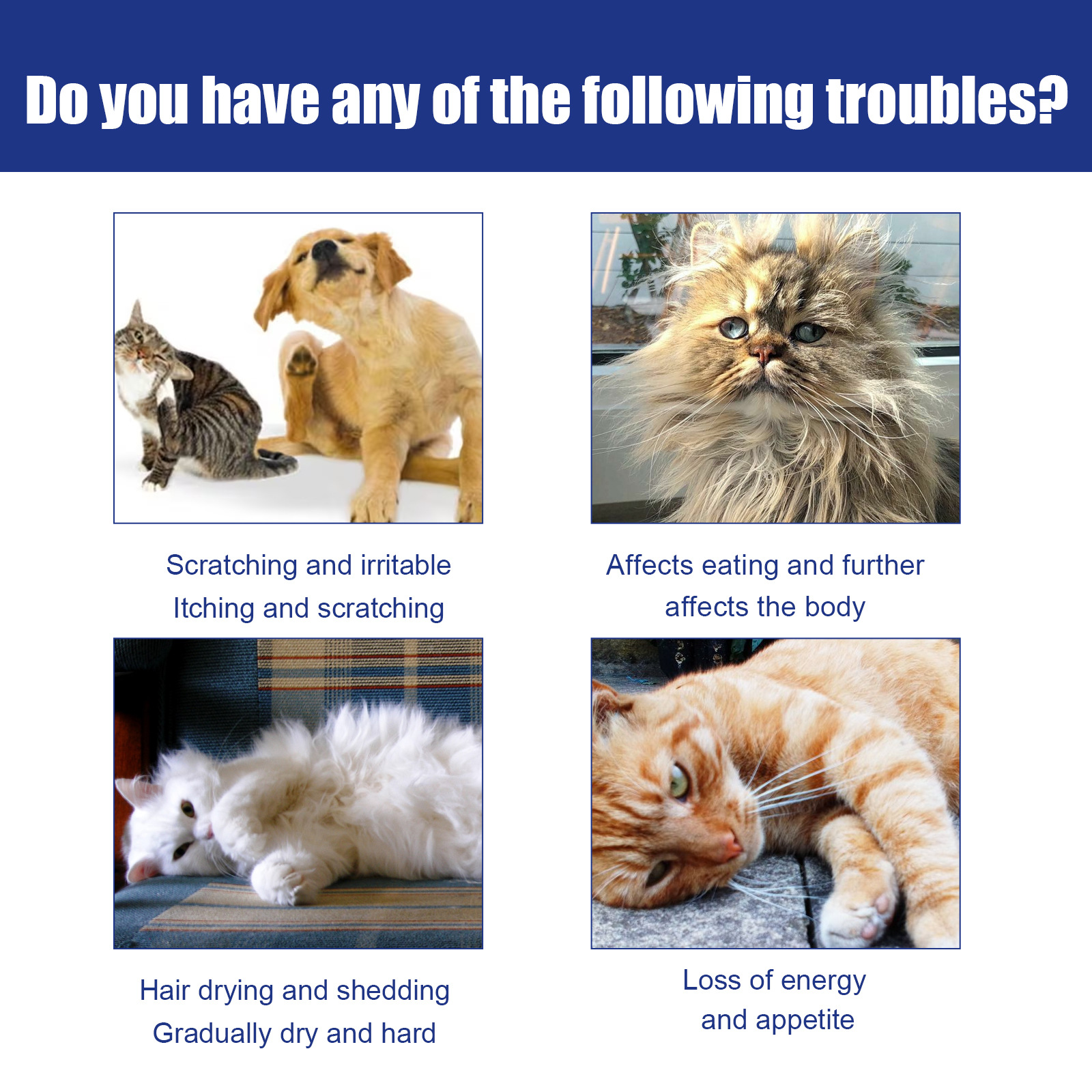Understanding Cat Petting Aggression: Causes, Solutions, and How to Create a Positive Interaction with Your Feline Friend
Guide or Summary:What is Cat Petting Aggression?Common Causes of Cat Petting AggressionRecognizing Signs of Cat Petting AggressionHow to Prevent Cat Petting……
Guide or Summary:
- What is Cat Petting Aggression?
- Common Causes of Cat Petting Aggression
- Recognizing Signs of Cat Petting Aggression
- How to Prevent Cat Petting Aggression
**Translation of "cat petting aggression":** Cat petting aggression
---
What is Cat Petting Aggression?
Cat petting aggression refers to the sudden and often unexpected aggressive behavior exhibited by cats during or after being petted. This behavior can manifest as biting, scratching, or swatting, and it can leave pet owners confused and concerned. Understanding the reasons behind this aggression is crucial for fostering a safe and enjoyable environment for both the cat and its owner.
Common Causes of Cat Petting Aggression
There are several factors that can contribute to cat petting aggression. One primary reason is overstimulation. Cats have different thresholds for physical affection, and what may feel pleasant to a human can quickly become overwhelming for a cat. Signs of overstimulation can include twitching tails, flattened ears, and dilated pupils. When a cat reaches its limit, it may react aggressively to indicate that it wants the interaction to stop.
Another cause can be territorial behavior. Cats are naturally territorial creatures, and they may feel threatened if they perceive that their personal space is being invaded. This is particularly common in multi-pet households where a cat may feel the need to assert its dominance or defend its space.

Additionally, past trauma or negative experiences can lead to a cat developing a fear of being petted. If a cat has been mishandled or has had a negative interaction during petting in the past, it may associate being touched with fear or pain, leading to aggressive reactions.
Recognizing Signs of Cat Petting Aggression
Being able to identify the early signs of cat petting aggression is essential for preventing escalation. Watch for behavioral cues such as:
- **Body Language:** A cat that is feeling threatened may exhibit tense body posture, a puffed-up tail, or raised fur along its back.
- **Vocalizations:** Growling, hissing, or yowling are clear indicators that a cat is uncomfortable.
- **Avoidance Behavior:** If a cat tries to move away or turns its head away from you, it may be a sign that it does not want to be petted.

By recognizing these signs early, pet owners can avoid provoking aggressive behavior and create a more positive interaction.
How to Prevent Cat Petting Aggression
Preventing cat petting aggression involves understanding your cat's individual preferences and limits. Here are some strategies to help foster a positive relationship with your feline friend:
1. **Observe and Respect Boundaries:** Pay attention to your cat’s body language and respect its personal space. Allow the cat to initiate contact rather than forcing petting.
2. **Short Sessions:** Keep petting sessions brief, especially if your cat is known to become overstimulated. Gradually increase the duration as your cat becomes more comfortable.
3. **Use Gentle Techniques:** Instead of petting vigorously, try gentle strokes in areas that cats typically enjoy, such as behind the ears or under the chin. Avoid sensitive areas like the belly and tail.

4. **Create a Safe Environment:** Ensure that your cat has a safe space where it can retreat if it feels overwhelmed. This could be a cozy bed or a high perch where it can observe its surroundings without feeling threatened.
5. **Positive Reinforcement:** Reward your cat with treats or praise when it allows you to pet it without aggression. This can help reinforce positive associations with petting.
Understanding cat petting aggression is essential for building a strong bond with your feline companion. By recognizing the signs of aggression, respecting your cat's boundaries, and employing strategies to prevent overstimulation, you can create a more harmonious relationship. Remember, every cat is unique, and patience is key in fostering a safe and enjoyable environment for both you and your pet. With time and understanding, you can help your cat feel more comfortable with affection, leading to a happier and healthier companionship.